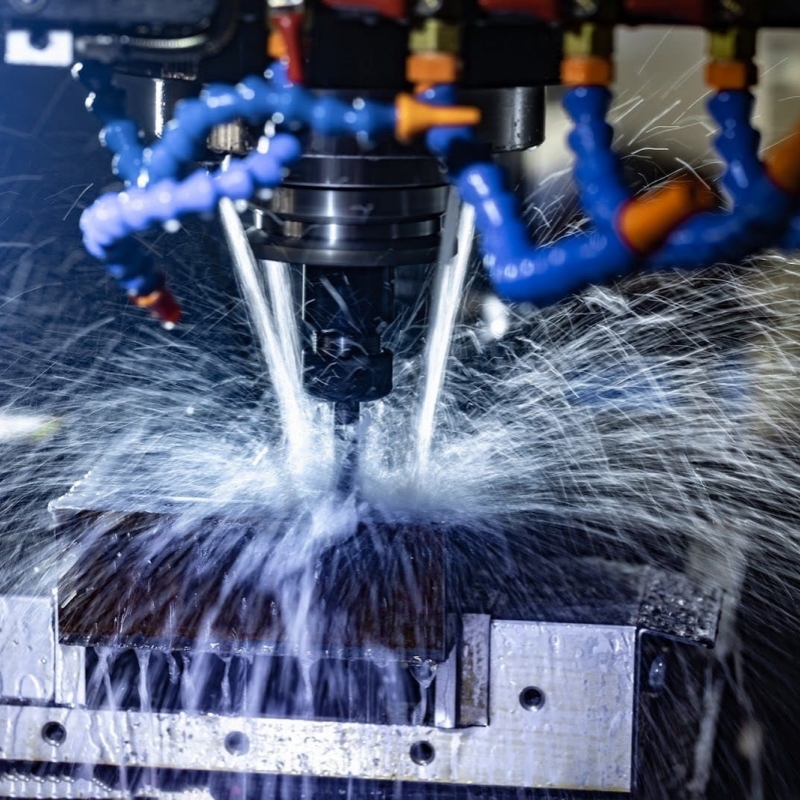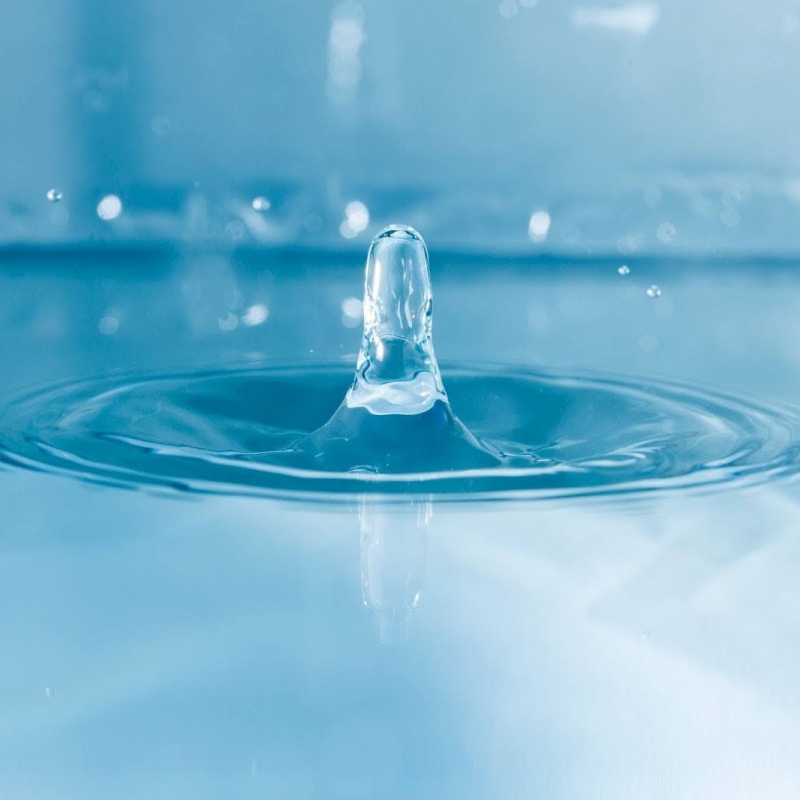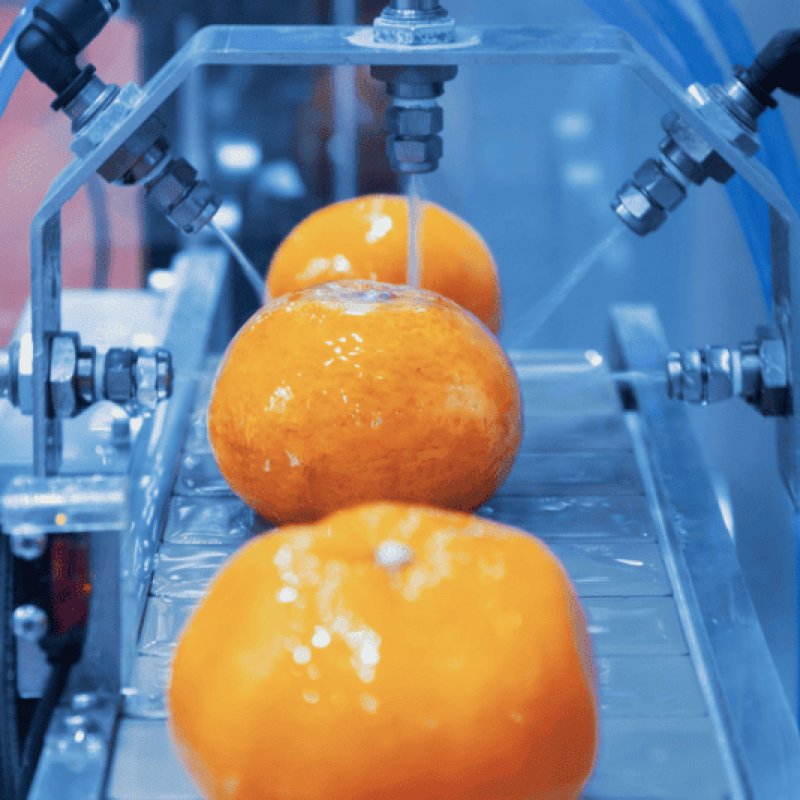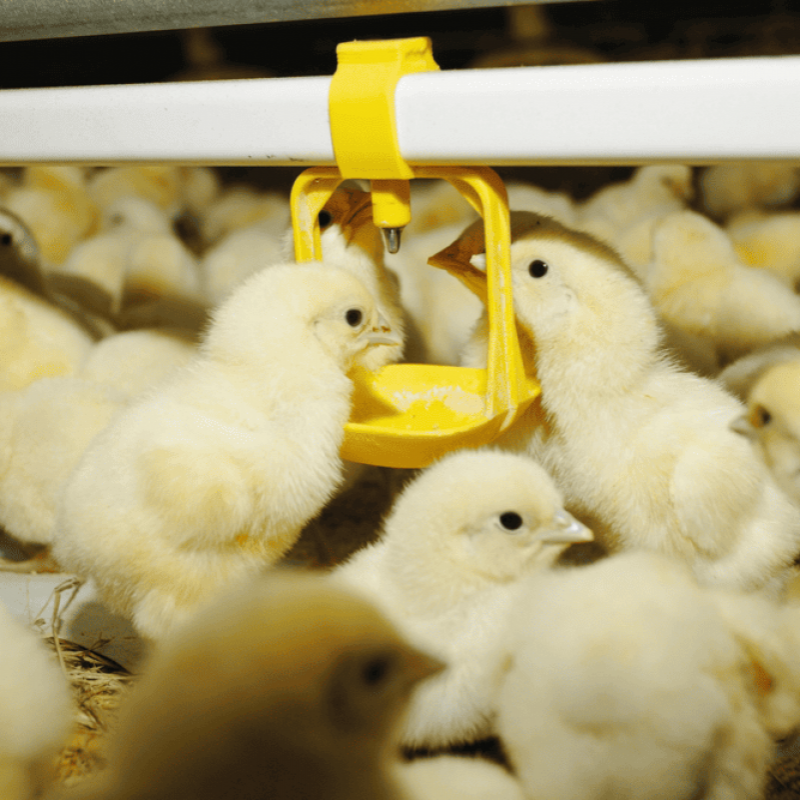The best technologies to feed crops while reducing waste and environmental impact
Fertigation represents one of the most advanced and effective techniques for crop nutrition, as it allows water and fertilisers to be administered in a simultaneous and targeted manner. Thanks to this practice, farmers can improve crop yields, reduce waste and optimise the use of available resources; however, for optimal results, it is essential to adopt advanced technologies that ensure precise and calibrated nutrient dosing.
In recent years, the agricultural sector has seen a growing popularity of automated fertiliser distribution systems, especially in contexts such as greenhouses and field crops. The main objective of these solutions is to maximise the efficiency of fertigation and, at the same time, avoid overdoses that could damage plants and the surrounding environment.
But what technologies are available to optimise nutrient dosing? And how are they useful for farmers? Let's find out in this article.
How does fertigation work?
Fertigation is based on the concept of integrating fertiliser delivery into the irrigation water, so as to make the uptake of nutrients by the plant roots more effective. This method thus allows for more balanced nutrition and reduces the dispersion of nutrients in the soil.
On the practical side, the fertigation process involves the use of injection systems that mix fertilisers with water and then distribute them through the irrigation system. There are various methods for regulating the concentration of nutrients:
- proportional dosing, which adjusts the amount of fertiliser according to the volume of water used;
- constant concentration dosing, which adds nutrients according to specific crop needs and maintains a uniform composition of the nutrient solution;
- variable dosing, which adjusts the fertiliser concentration to soil conditions and the physiological state of the plants.
Depending on the cultivation environment, fertigation can take on different characteristics:
- fertigation in the open field, which is essential to ensure an even distribution of nutrients over large areas, avoiding leaching and wastage;
- fertigation in the greenhouse, where management is even more precise, as the controlled environment allows accurate regulation of nutrient parameters.
The differences between these two approaches determine the choice of technologies and dosing systems best suited to specific needs.

The main technologies for dosing nutrients
To get the most out of fertigation, it is essential to rely on advanced equipment that ensures accurate and efficient dosing. The main technologies available include:
- agricultural dosing systems: devices specially designed to precisely mix fertilisers with irrigation water. These systems are based on proportional injectors or dosing pumps, which automatically adjust the amount of nutrients distributed according to the water flow. They offer great advantages: greater uniformity in nutrient distribution, reduced waste and environmental impact, and the possibility of automating the process (reducing manual work);
- liquid fertiliser delivery systems: they allow fertilisers in liquid form to be delivered directly to the plants' root system, favouring faster and more effective absorption. Particularly useful in intensive cultivation and greenhouses, they allow immediate absorption by the roots, customisation of the nutrient composition, and a lower risk of salts accumulating in the soil;
- automatic dosing devices for greenhouses: advanced devices that allow for extremely precise control of nutrient delivery in greenhouse crops. These instruments regulate the flow of fertiliser according to environmental parameters, such as humidity and temperature, and guarantee maximum precision in dosing, optimisation of water and nutrient resources and the possibility of integrating the system with advanced sensors;
- automation and advanced sensors: the integration of sensors to monitor nutrients and soil moisture allows further optimisation of the fertigation process. These systems analyse plant conditions in real time and automatically adjust fertiliser distribution, providing constant monitoring of crop conditions, dynamic adjustment of nutrient doses, reduced waste and increased sustainability.

Fertigation, sustainability and waste reduction
One of the most important aspects of modern fertigation concerns sustainability: excessive or incorrect use of fertilisers can lead to significant environmental problems, such as groundwater pollution and soil degradation. Implementing an accurate dosing system is essential to minimise these risks and improve nutrient use efficiency.
With regard to reducing environmental impact, the use of automatic dispensers and advanced management systems makes it possible to
- avoid overdosing, as an excess of fertilisers can cause nutritional imbalances in plants and the dispersion of chemicals into the environment;
- minimise leaching, as excess nutrients can be carried by water to groundwater, contributing to the contamination of drinking water;
- optimise water consumption, as fertigation allows both water and fertilisers to be administered efficiently, reducing unnecessary waste.
To make this happen, however, we need technologies specifically designed for sustainable agriculture, which improve the sustainability of the practice through:
- moisture and nutrient sensors, which monitor soil conditions in real time and allow dosing to be adjusted according to the real needs of the plants;
- intelligent management software, which allows fertiliser delivery to be precisely programmed, consumption to be optimised and losses to be reduced;
- integration with renewable energy, as some plants can be powered by solar panels and thus further reduce the ecological footprint of agriculture.
Taking all these aspects into account, it is clear that fertigation based on sustainable technologies offers both economic and production benefits:
- reduces operating costs, as it uses the right amount of fertilisers, avoids waste and lowers chemical purchase costs;
- improves crop quality, as balanced dosing ensures healthier plants and increases both yield and crop quality;
- complies with environmental regulations, as it adopts sustainable practices that help comply with local regulations and obtain quality certifications.
Choose Mixtron for sustainable fertigation
Mixtron is a company specialising in the production of proportional dosers for fertigation. Thanks to its experience and deep interest in innovation, it offers state-of-the-art solutions for optimising crop nutrition, as in the case of cannabis fertigation in Thailand.
Relying on Mixtron brings a large number of advantages, because its solutions offer:
- precision and reliability, thanks to dosing units that guarantee impeccable dosing, regardless of variations in water pressure and flow rate;
- ease of use, through systems designed to be intuitive and simple to install;
- versatility, as the dosing units are customisable and adaptable to different types of crops and irrigation systems;
- environmental sustainability, as they reduce fertiliser and water wastage, contributing to more efficient and environmentally friendly agriculture.
If you want to improve nutrient management and optimise your crop yields, Mixtron is a reliable and innovative choice. Contact us to find out which solutions best suit your needs and take your farm's fertigation to the next level.
You might also be interested in
Are you ready to experience innovation?
A wide range of cutting-edge technology solutions for any application







